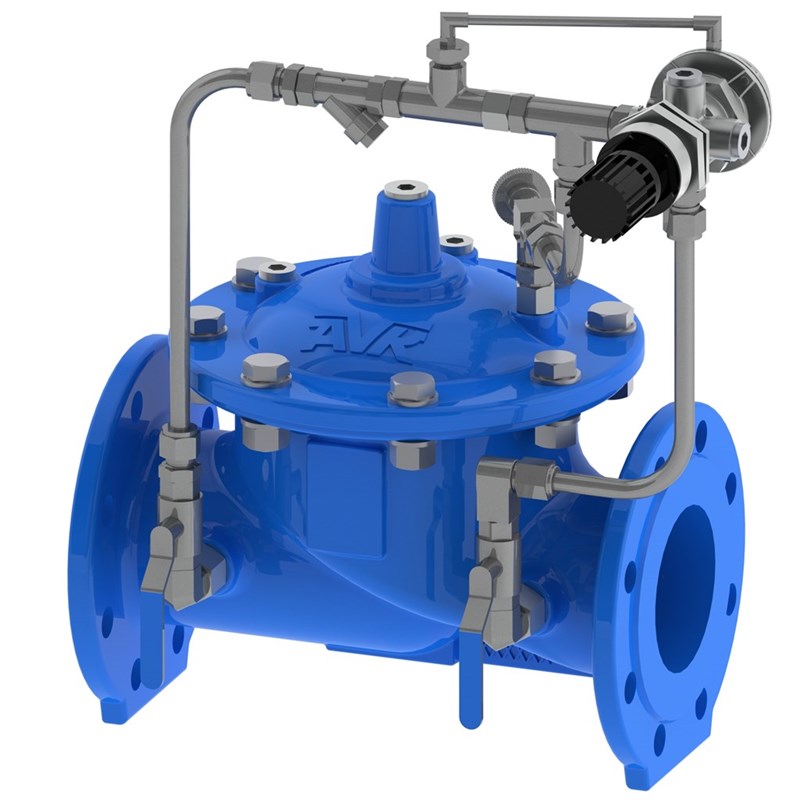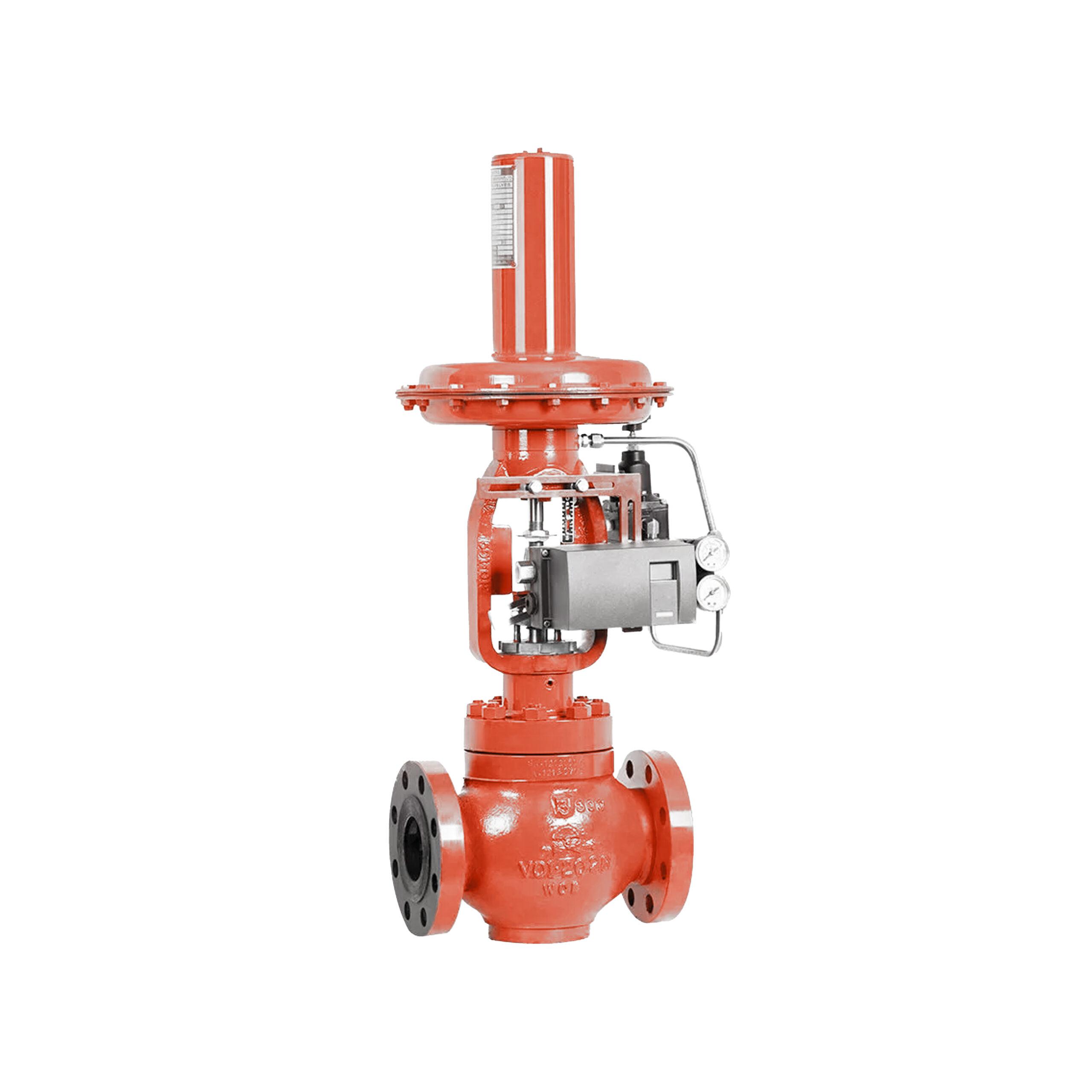How Control Valves Influence Power Performance in Industrial Settings
How Control Valves Influence Power Performance in Industrial Settings
Blog Article

Maximize Energy Savings and Comfort With Advanced Structure Automation Controls
In the realm of modern style and center administration, the integration of innovative structure automation controls stands as a crucial innovation. The convergence of technology and sustainability has actually birthed a new era where power efficiency, convenience optimization, and operational streamlining are no longer attainable facts but remote goals. By utilizing the power of automation, buildings can adjust, respond, and progress in manner ins which were as soon as inconceivable. The possibility for considerable power savings and improved convenience is not just a promise however an opportunity waiting to be fulfilled. This standard change in building administration holds the key to unlocking a globe where ecological conscientiousness and resident health sympathetically exist together within the wall surfaces of our frameworks.
Power Performance Benefits
Energy effectiveness advantages can dramatically reduce energy usage and functional expenses in structures. By implementing energy-efficient practices and innovations, building proprietors and drivers can attain substantial savings while likewise contributing to environmental sustainability. One of the primary advantages of enhancing energy effectiveness in buildings is the reduction of utility bills. Energy-efficient systems, such as advanced building automation controls, can optimize the use of resources like cooling, lighting, and home heating, resulting in lower energy expenditures with time.
Moreover, enhanced energy performance can extend the lifespan of structure tools and systems. By running much more successfully, HVAC systems, light, and other building components experience much less wear and tear, leading to decreased maintenance and substitute expenses. In addition, energy-efficient buildings often command greater property worths and rental prices, supplying long-lasting financial advantages to owners.
Moreover, power effectiveness can enhance owner comfort and performance. Correctly controlled interior environments with ideal lights and thermal conditions produce an even more positive and conducive work area, causing boosted worker satisfaction and performance. On the whole, the power performance benefits connected with innovative structure automation controls are multifaceted, incorporating expense financial savings, ecological stewardship, and occupant well-being.
Improved Comfort Control
Enhancing convenience control in building atmospheres calls for a sophisticated integration of innovative automation systems for optimum resident wellness. By utilizing innovative structure automation controls, facilities can tailor the indoor atmosphere to meet the certain requirements and preferences of passengers. control valves.
Enhanced comfort control goes past fundamental temperature level adjustments. It consists of functions such as customized settings, tenancy sensors, and all-natural light use to produce a receptive and dynamic environment. By incorporating these advanced controls, structures can not only boost comfort yet additionally enhance energy performance by optimizing system procedures based on real occupancy and use patterns. Eventually, focusing on resident convenience with innovative automation systems causes a more delightful and healthier indoor atmosphere.
Operational Effectiveness Improvements

Furthermore, the execution of real-time monitoring and analytics tools allows structure operators to determine energy ineffectiveness and operational abnormalities without delay. By constantly keeping track of power usage patterns and system performance metrics, changes can be made in real-time to optimize energy consumption and make certain peak operational performance. control valves. Additionally, see here integrating need reaction techniques right into building automation controls can additionally boost operational efficiency by dynamically readjusting power usage based upon grid problems and pricing signals
Indoor Climate Optimization
Efficient interior environment optimization is a fundamental aspect of building automation controls, guaranteeing passengers' convenience and health while making best use of energy savings. By utilizing advanced sensors and controls, building automation systems can continuously keep an eye on and change temperature level, moisture degrees, air top quality, and ventilation to produce an optimum interior environment. Maintaining comfortable and constant problems not only improves occupant satisfaction however additionally enhances efficiency and total health.
Indoor climate optimization likewise plays a critical role in energy effectiveness. By fine-tuning air flow, air conditioning, and home heating systems based upon real-time information and tenancy patterns, additional reading developing automation controls can dramatically lower power usage - control valves. Carrying out techniques such as demand-controlled ventilation and thermal zoning can help minimize power waste while ensuring that each area of the building gets the essential conditioning.

Lasting Atmosphere Development
Building automation controls not just maximize interior environment conditions for energy effectiveness and resident comfort but additionally lay the structure for producing a sustainable environment through strategic monitoring of resources and systems. By integrating advanced building automation innovations, such as sensors, actuators, and smart software program, centers can change and keep an eye on power usage in real-time to reduce waste and decrease their carbon footprint. These systems enable anticipating upkeep, determining possible concerns prior to they rise and maximizing equipment efficiency to enhance long life and effectiveness.
In addition, sustainable environment creation prolongs beyond power monitoring to incorporate water conservation, waste reduction, and interior air high quality improvement. Building automation controls can manage water usage, discover leaks, and guarantee appropriate garbage disposal techniques, adding to general sustainability initiatives. In addition, by monitoring and regulating ventilation and filtering systems, these technologies improve occupant health and wellness and performance while reducing power consumption connected with cooling and heating procedures.
Verdict
To conclude, progressed structure automation manages deal significant benefits in regards to power savings, convenience control, functional efficiency, indoor environment additional info optimization, and developing a lasting environment. By carrying out these controls, structures can attain optimal performance while decreasing power intake and boosting occupant comfort. It appears that making use of innovative automation modern technology is essential in boosting structure efficiency and developing a more lasting future.
Power efficiency benefits can considerably decrease energy consumption and functional expenses in structures. On the whole, the power efficiency benefits connected with sophisticated structure automation controls are complex, incorporating cost savings, environmental stewardship, and resident wellness.
Additionally, integrating need response strategies into structure automation controls can better boost functional effectiveness by dynamically adjusting power use based on grid problems and pricing signals.
Structure automation regulates not just optimize indoor environment problems for power efficiency and occupant comfort but likewise lay the foundation for creating a lasting setting through tactical monitoring of sources and systems.In conclusion, progressed building automation regulates offer significant benefits in terms of energy savings, convenience control, functional efficiency, interior environment optimization, and producing a lasting environment.
Report this page